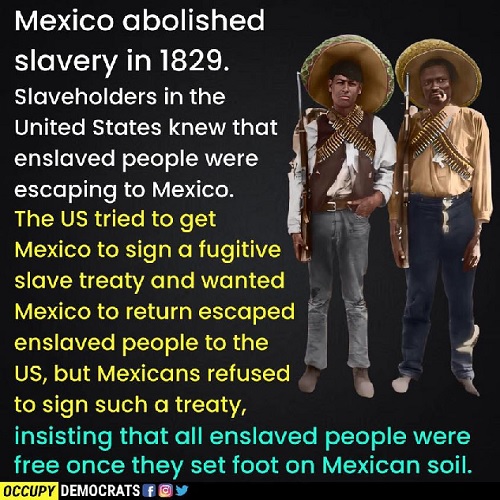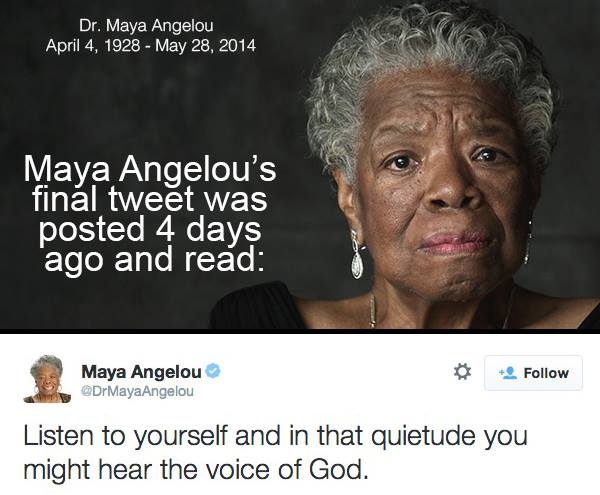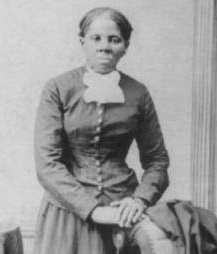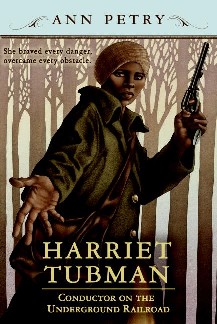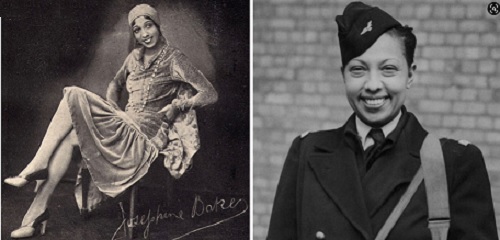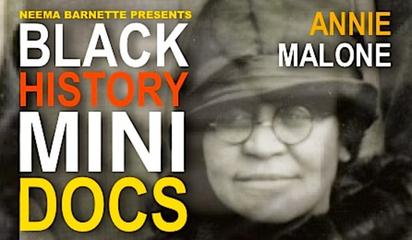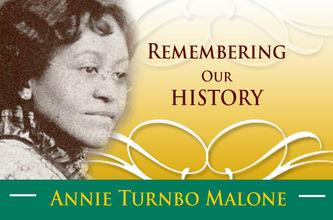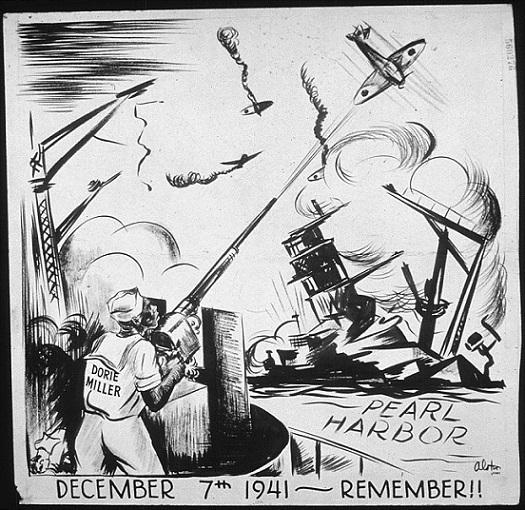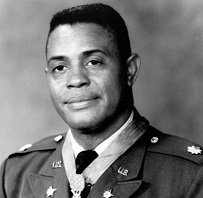The American Civil Rights Movement
This page is one small part of Good Sites for Kids!
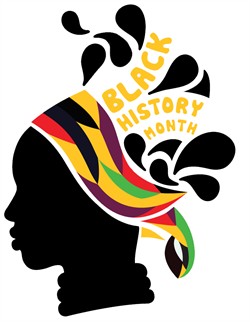
![]()
These 15 Moving Photos Celebrate Black History Month source = Smithsonian online
“Throughout our history, Black Americans have never given up on the promise of America,” President Joe Biden said during a recent proclamation ceremony. “Unbowed by the forces of hate and undaunted as they fought for centuries against slavery, segregation and injustice, Black Americans have held a mirror up to our nation, allowing our country to confront hard truths about who we are and pushing us to live up to our founding ideals. They have helped redeem the soul of our nation, ensuring the promises in our founding documents were not just words on a page but a lived reality for all people. In the process, the vibrancy of Black history and culture has enriched every aspect of American life.” Take a look at these photos that capture the spirit of Black History Month.
![]()
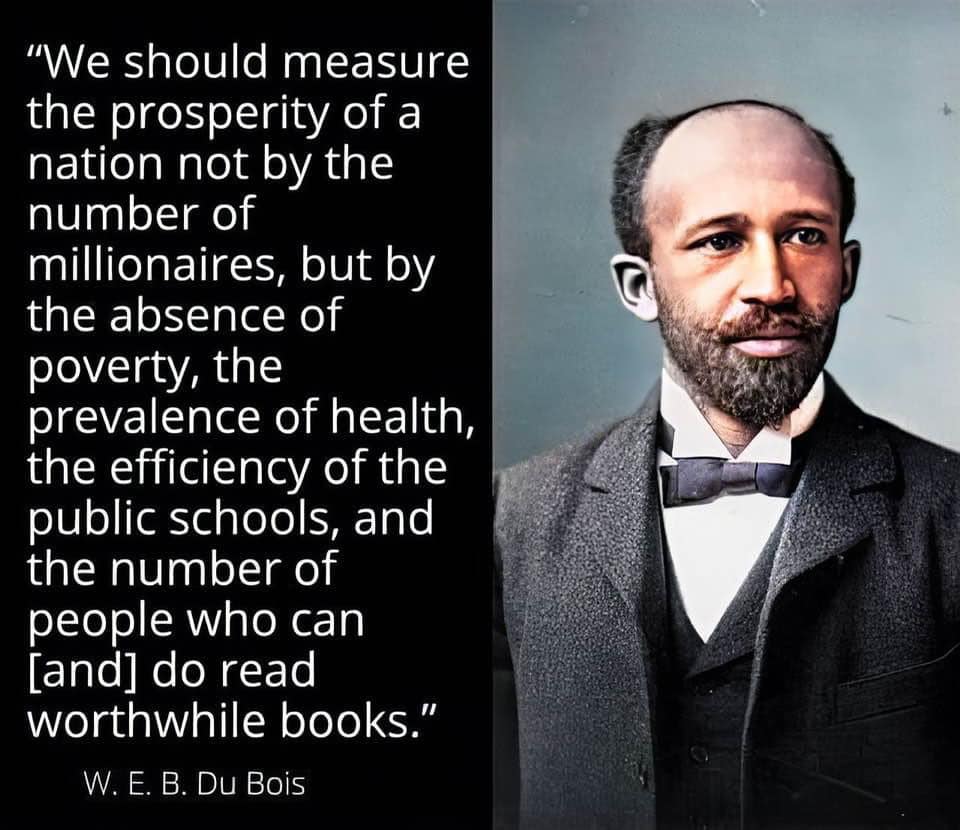
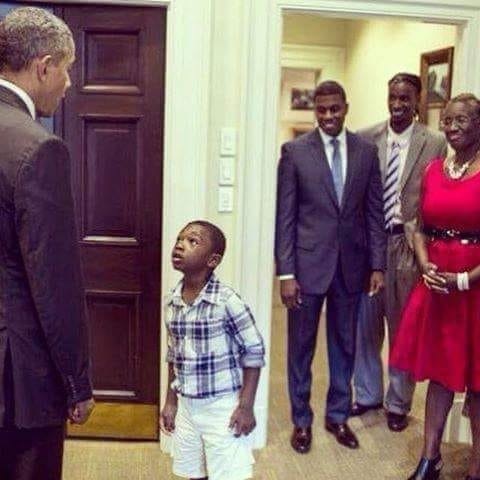
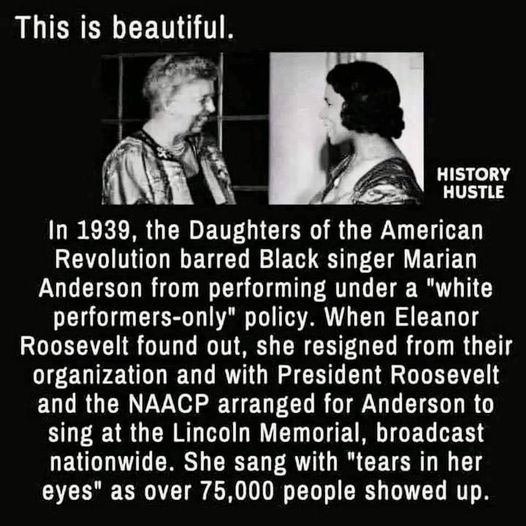
Nichelle
Nichols, ‘Star Trek’
Trailblazer Lt. Uhura, Dead At 89
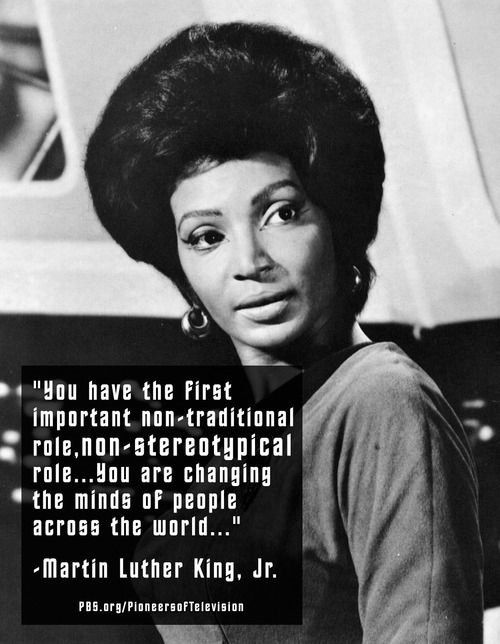
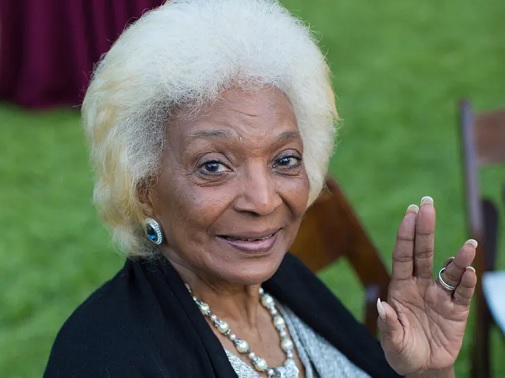
This link goes to testimonials and clips
of Nichelle Nichol's best work on ST.
Also has her meeting with Dr. Martin
Luther King, Jr. where he told her
she was a civil rights legend so she
could not quit the show!
She also strongly supported NASA!
Nichelle Nichols, Uhura on 'Star Trek,' Boldly Rides NASA's Flying Observatory
Uhura Meets SOFIA - Star Trek’s Nichelle Nichols Flies NASA Observatory | Video
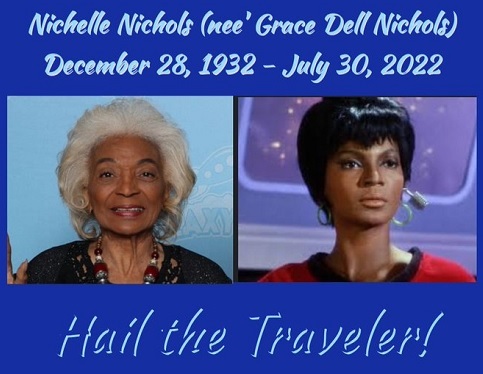
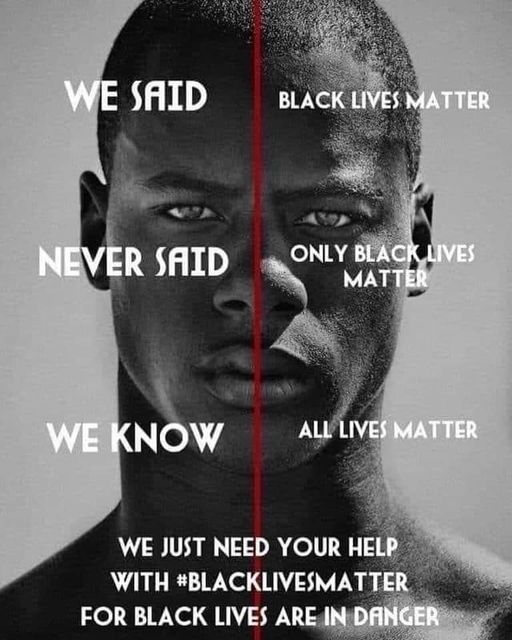
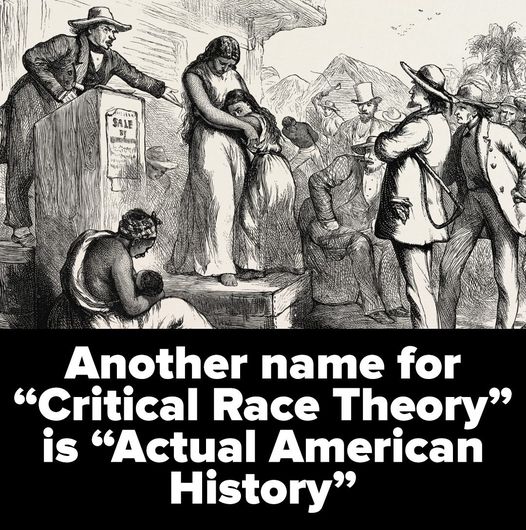
![]()
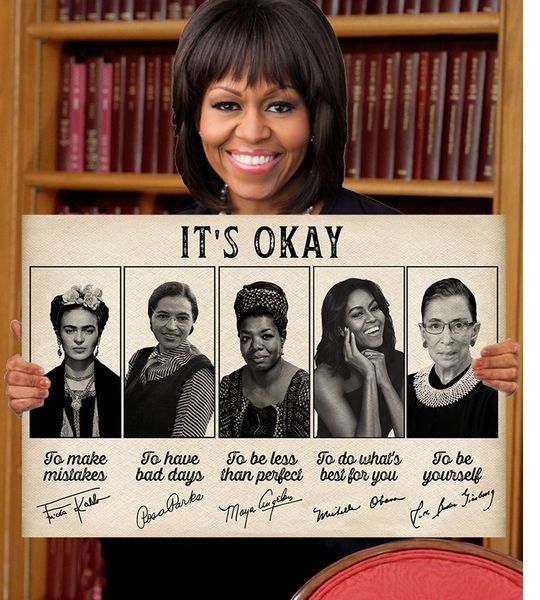
22
Free Printable Black History Month Coloring Pages
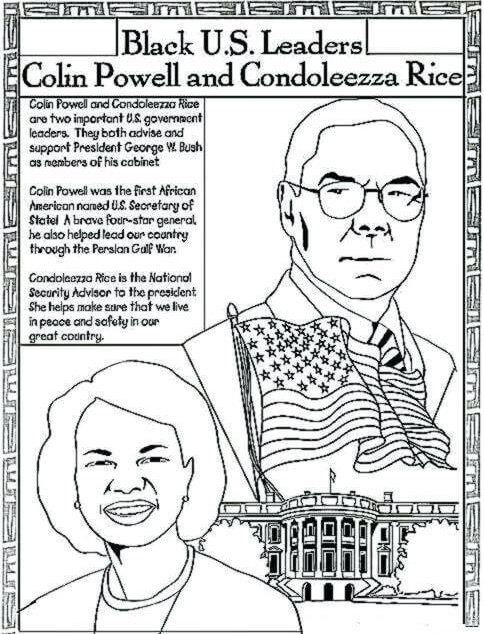
Black
History Month from Chiff.com. Comprehensive explanation
of BHM, with links to bios of famous African-Americans.
Hercules
Posey: George Washington's unsung enslaved chef
"In the late 18th Century, Philadelphia was a city of high-end cuisine;
however, few know that many of its culinary masters were of African
descent like Hercules Posey."
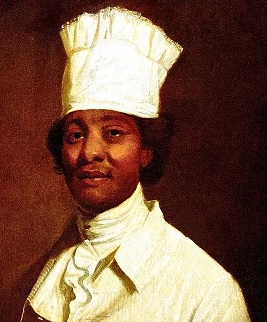
Frederick
Douglass (1818 - 1895)
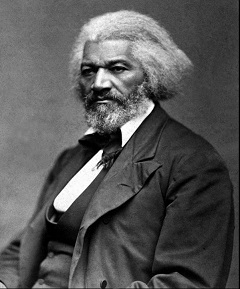
He was an escaped slave who taught himself to read and write.
He was the best known black abolitionist.
He was the voice
of the slaves, "gaining note for his dazzling oratory and
incisive antislavery writings."
He stood as a living counter-example to slaveholders'
arguments that slaves lacked the intellectual capacity
to function as independent American citizens.
Even many Northerners at the time found it hard to believe
that such a great orator had once been a slave."
After the Civil War, he wrote and spoke in support of
women's civil rights, especially their right to vote.
Here is an autobiographical site from Rochester, N.Y.
timeline of Frederick Douglass and family It's full
of grammatical and spelling errors, but also full of facts
for student researchers.
Click the picture to learn more about the Underground Railroad
to Mexico!
More links:
“Determined
to Make His Way to Mexico”
Mexico: Haven For Fugitive Slaves
Maya Angelou
was an American author, poet, and civil rights activist. She published seven
autobiographies, three books of essays, and several books of poetry, and was
credited with a list of plays, movies, and television shows spanning over
50 years. (Wikipedia)
Maya Angelou/Quotes
I've learned that people will forget what you said, people will forget what
you did, but people will never forget how you made them feel.
There is no greater agony than bearing an untold story inside you.
If you don't like something, change it. If you can't change it, change your
attitude.
All my work, my life, everything I do is about survival, not just bare, awful,
plodding survival, but survival with grace and faith. While one may encounter
many defeats, one must not be defeated.
Harriet
Tubman Conductor on the Underground Railroad, Civil War veteran,
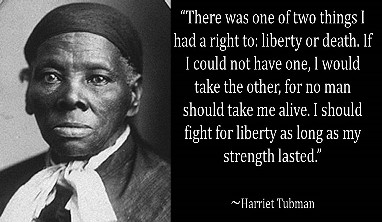
fighter for women's rights. Read her biography, see more photos!
Click the images below to find out more.
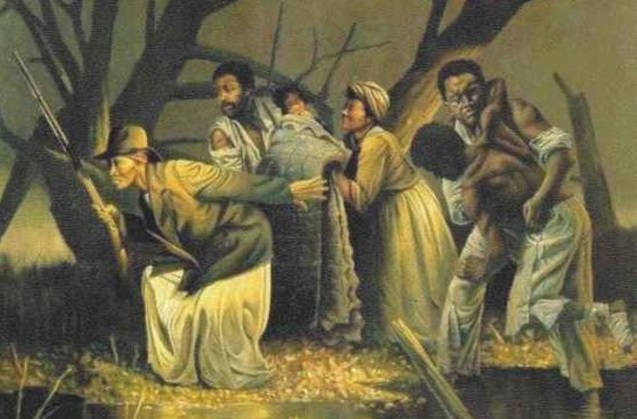
![]()
Josephine Baker Dancer, singer, spy, civil rights leader
Students and adults should read thia excellent biography!
Born in Missouri, moved to France, worked her way to being a
famous singer and international diva! Her voice was amazing.
Shirley Bassey,*
who lists Baker as one of her great influences,
once said "she went from a 'petite danseuse sauvage' with a
decent voice to 'la grande diva magnifique'.... I swear in all my
life I have never seen, and probably never shall see again, such
a spectacular singer and performer."
She didn't make it in the US, because black, so she became a
French citizen and a Free French spy during WW II. She was now
a national hero of France. Now read the rest!
* Dame Shirley Veronica Bassey DBE
She was appointed a Dame Commander of the Order of the
British Empire (DBE) by Queen Elizabeth II in 1999 for services
to the performing arts. Dame Bassey is a pretty fair singer in
her own right.
![]()
Lieutenant
General Julius W. Becton, Jr.
U.S. Army, Retired. Combat Veteran Korea & VietNam
Two Silver Stars, also commanded VII Corps during
the Cold War. Credit = Black
Past

"America has had such a sordid history in terms of race relations,
you become almost immune and assume this is the way it should be.
In a Black unit, I had to convince the soldiers under my control that
we're as good as anyone. And given the opportunity, we'll prove it."
Bessie Coleman
She came up from a sharecropper family
in east Texas. She was of African-American and Cherokee ancestry.
She pulled herself up by her own hard work to become the first
woman of African American descent, and the first of Native
American descent, to hold a pilot license. Bessie was not
allowed to earn a pilot's license in America because she was
not white and she was a woman. She had to go to France to learn
to fly, at a famous French flying school. She was the first black
female in the world to be a licensed pilot. Read the links below to
learn more about her, her dreams, and her tragic death.

http://womenshistory.about.com/od/aviationpilots/a/bessie_coleman.htm
http://www.bessiecoleman.com/
http://www.biography.com/people/bessie-coleman-36928
https://en.wikipedia.org/wiki/Bessie_Coleman
![]()
A century ago, a prosperous Black neighborhood in Tulsa,
Oklahoma, perished at the hands of a violent white mob.
This 1921 photo calls this incident "race riots," which is
a label that seems to blame black people for it all.
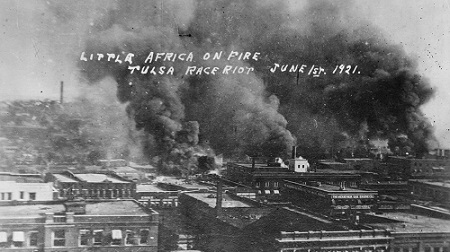
Below is the link to a New York Times article that offers a
3-D interactive tour of Greenwood, the neighborhood where
this atrocity happened.
" Imagine a community of great possibilities and prosperity
built by Black people for Black people. Places to work.
Places to live. Places to learn and shop and play. Places to
worship.
Now imagine it being ravaged by flames."
Uncounted numbers of people killed and dumped in mass graves.
10,000 people burned out of their homes, businesses, schools,
and even their churches. Kind of like the Nazis did. Click on
the photo below to enter this experience.
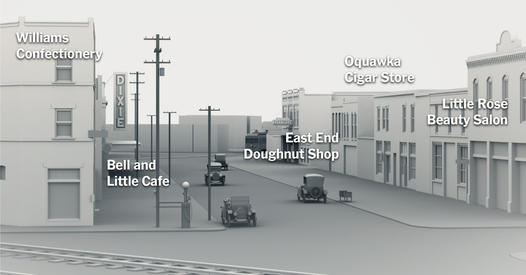
There's more. White mobs attacked black Americans in at
least 26 cities, mainly in former Confederate states.
Ugly or not, history is still history. See the next
entry below.
Non-Americans should know that Americans spend an unusual
amount of time worrying about other people's skin color.
Remembering ‘Red
Summer,’ when white mobs massacred
Blacks from Tulsa to D.C., 1919-1923

Bonus: History.com 's article
on the Tulsa Massacre.
“It was an intentional use of violence against African Americans.
The motivation was to punish African Americans for economic
success and take it away. In Tulsa, they burned it to the ground.”
"Fire and fury fueled massacres in at least 26 cities, including
Washington, D.C.; Chicago; Omaha; Elaine, Arkansas;
Charleston, South Carolina; Columbia, Tennessee; Houston;
and Tulsa, Oklahoma."
“During the massacres, they murdered and maimed people
indiscriminately, unprovoked. They went into homes, stole
personal belongings, and burned down homes. They used the
massacres as a cover to murder without sanction, maim without
sanction, and steal without sanction. No one, to this day,
has been held accountable.” WARNING: Not for younger students.
Secondary only. Graphic photos and text.
From WW2
Colourised Photos
United States Navy Seabees from the segregated 17th Special Naval
Construction Battalion await orders to move up to the southeastern
promontory of Peleliu to act as stretcher bearers for the 7th Marines.
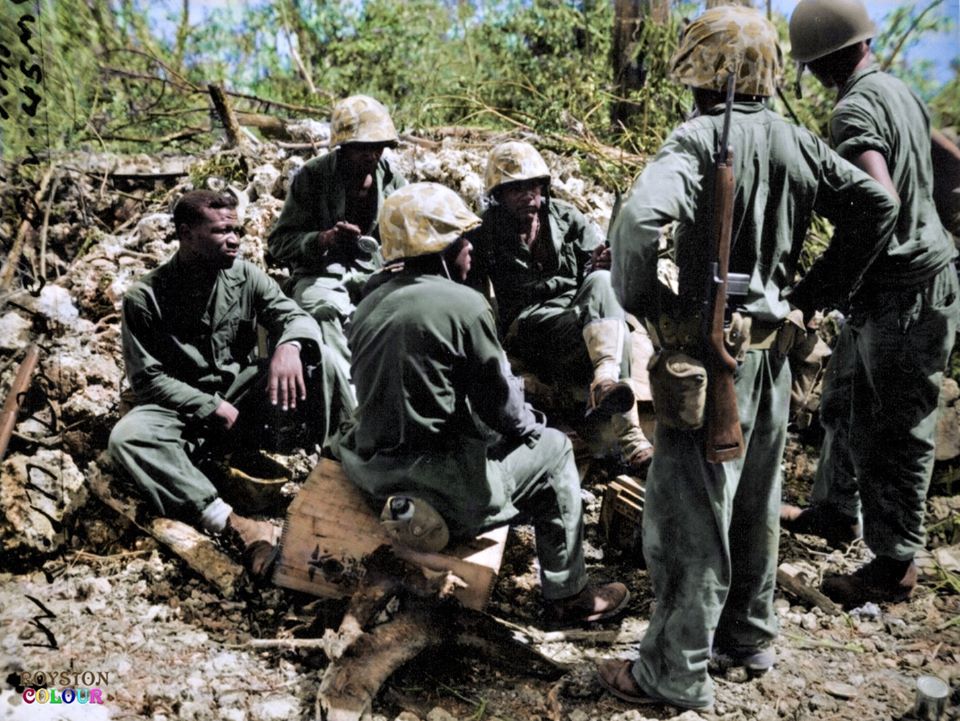
"So many bodies crowded Ngarmoked that African-American
Marines of
the 16th Field Depot were detailed to bury the dead and retrieve the wounded.
Corporal Edward Andrusko, I Company, 3rd Battalion, 7th Marines, tried to
find reinforcements and stretcher bearers.He later wrote, "Our trio set
out to
find help. We visited several headquarters command posts, and various rear
special units, seeking assistance, but none was available.
Our Top Sergeant tried to influence his friends to get our company help, but
there just wasn't any. A young black American sergeant overheard
our plight,
walked up and said, 'I heard y'all were looking for troop replacements or
supply help. We are from the Marine Ammunition Depot Company and have
had some infantry training.' Our Top Sergeant looked a little stunned and
speechless. The races were so completely segregated during this era that
we had no idea who these black servicemen were.
The Top cleared his throat and asked, 'Who are you? Are you Army, Navy,
Seabees, or what?' 'Top Sergeant, I am a U. S. Marine Sergeant. My men
on this beach are all US Marines!'
'Our Top Sergeant appeared very puzzled. How could he bring in an all-black
unit to rescue wounded members of a Line company that was part of the
famous 'All-White' First Marine Division?
By now, the volunteers had heavily armed themselves and lined up behind
their Sergeant who insisted we lead the way to the front lines. I heard our
seasoned Top Sergeant say, 'Well, don't say I didn't warn you!' When we
reached our mauled company area, it looked like Custer's Last Stand.
The Top Sergeant came upon our company's new replacement officer in
command and said, 'Sir, I have a platoon of Black ...I mean a platoon of
Marine volunteers who came to help.' The young new Commanding Officer
said, 'Thank God. Thank you, men. Sergeant, take over. Get our wounded
and dead out.' We gave covering fire and watched in awe as our gallant
volunteers did their job. Some of these new men stoically held a stretcher
gently in one hand as 'true angels of mercy'. Then, when necessary, they
would fire an automatic weapon with the other hand, while breaking through
the surrounding enemy. One badly wounded white Southerner said, 'I felt
like I was saved by the Black Angels sent by God. Thank you. Thank you all!"
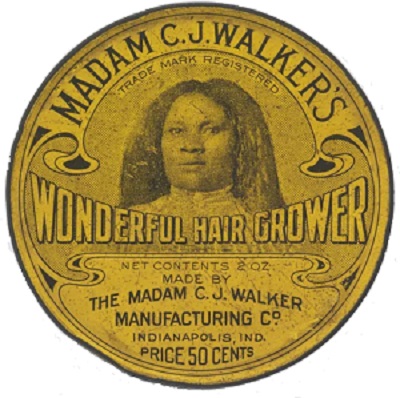
Entrepreneur, philanthropist, and civil rights advocate
Madam C.J. Walker -- who famously became the first
female self-made millionaire in America -- was born in
1867. Born as Sarah Breedlove in Delta, Louisiana,
Walker was the first child in her family born into freedom
following the signing of the Emancipation Proclamation;
Walker's parents and elder siblings had been slaves on
the Madison Parish plantation. Orphaned by age 7, Walker
was married and then widowed by the time she was 20.
Seeking more opportunities for herself and her young daughter,
Walker moved to St. Louis where she began experimenting
with home remedies to treat scalp diseases. Due to a widespread
lack of indoor plumbing and infrequent bathing, many people at
the time, including Walker, suffered from scalp diseases and hair
loss. Over time, she developed her own line of hair products
especially designed to meet the needs of black women and
founded the Madam C. J. Walker Manufacturing Company.
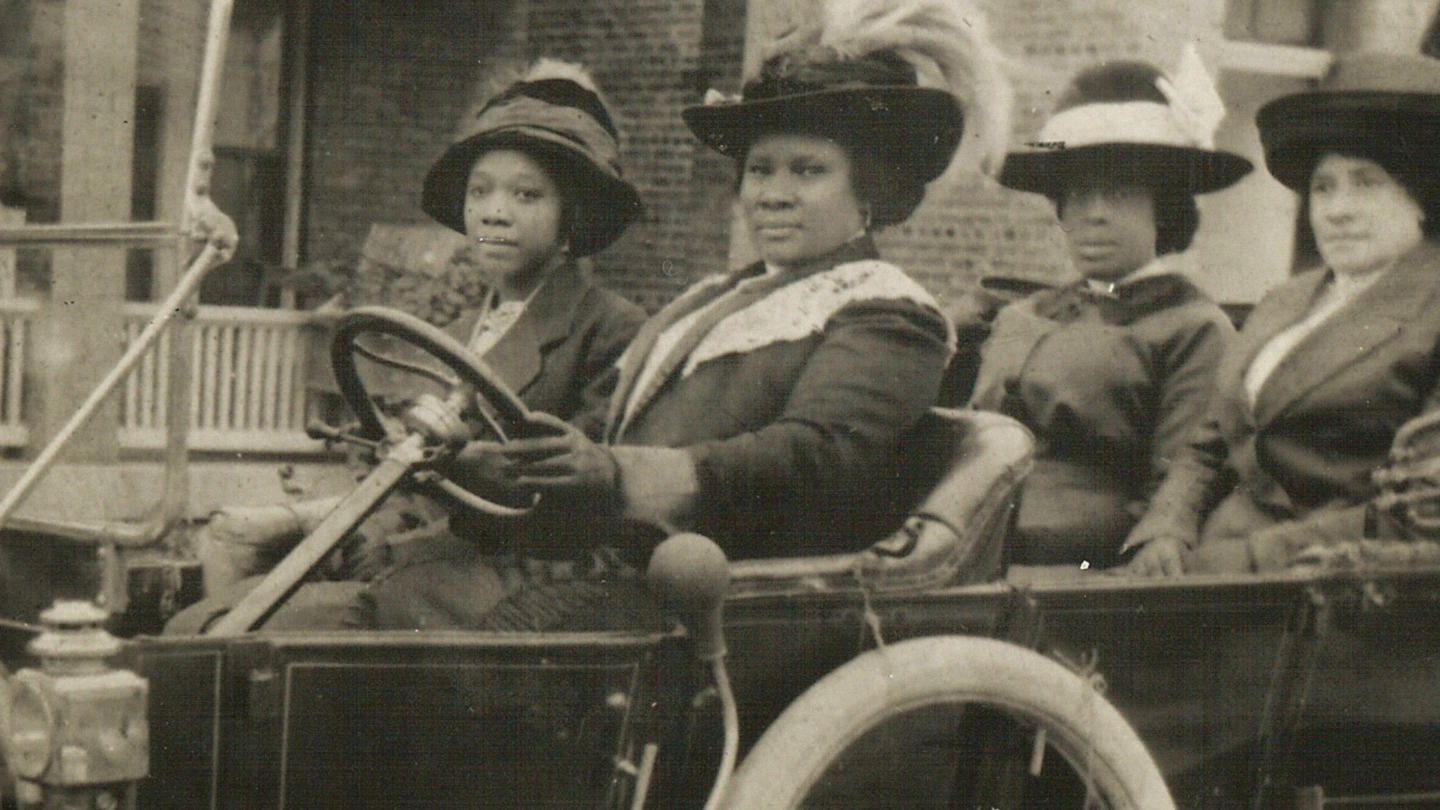
To promote her hair products, she embarked on a sales drive
throughout the South, holding demonstrations and selling her
goods door to door. In 1908, she opened a college in Pittsburgh,
Pennsylvania to train "hair culturists." Within two years, she moved
to Indianapolis to set up her national headquarters and began
training other African American women in setting up their own
businesses, often as licensed Walker Agents selling her line of hair
care products. At its peak, her company employed over 3,000 people.
Walker was active in the social and political issues of the day,
including joining leaders of the NAACP in their efforts to make lynching
a federal crime. She also made many financial contributions to help
support African American schools, organizations, orphanages, and
retirement homes, among them the largest contribution to preserve
the Washington, DC home of the famous abolitionist Frederick Douglass.
By the time of her death at age 51, this pioneering businesswoman
had become the first American woman to become a self-made millionaire.
Well-known for both her diligence and perseverance, Walker once stated,
"There is no royal flower-strewn path to success. And if there is, I
have
not found it - for if I have accomplished anything in life it is because I
have been willing to work hard."
For an inspiring book to introduce young readers to Walker's incredible
life story, we recommend "Vision of Beauty: The Story of Sarah Breedlove
Walker" for ages 7 to 10 at https://www.amightygirl.com/vision-of-beauty
Older teen and adult readers can learn more about Walker's life in two
biographies: "On Her Own Ground: The Life and Times of Madam C.J.
Walker" (http://amzn.to/1FpmjTu) and "The Black Rose"
(http://amzn.to/1xSCo1J).
For readers ages 12 and up, Walker and her daughter are featured in a
book of poems about famous women and their daughters, "Borrowed Names"
at https://www.amightygirl.com/borrowed-names
She is also one of 21 pioneering women featured in the fascinating book
"She Did It! 21 Women Who Changed the Way We Think" for ages 10
and
up at https://www.amightygirl.com/she-did-it
For children's books about more trailblazing African-American women, visit
our blog post "75 Books about Extraordinary Black Mighty Girls and Women"
at https://www.amightygirl.com/blog?p=14276
BLACK HISTORY MINI DOCS – Annie Malone (Video)
Annie
Turnbo Malone was C. J. Walker's boss, mentor, and a millionaire
businesswoman in her own right. "One of the first black women to reach
millionaire status did so by launching a hair care empire — and her
name
wasn’t Madam C.J. Walker. Entrepreneur Annie Turnbo Malone
reached this
milestone at the end of World War I, and she just so happened to give
beauty mogul Walker her start in the cosmetics industry."
From her
biography at the State Historical Society of Missouri:
“Annie Turnbo Malone’s legacy as a pioneer in the African American
beauty
and cosmetic business has largely been overshadowed by the success of her
former employee, Madam CJ Walker. This is beginning to change, however,
and Malone is now being recognized for her role in launching the industry.”
A well-researched and detailed Wikipedia
biography is also available.
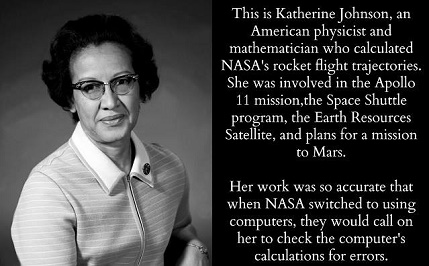
The
True Story of "Hidden Figures," the Forgotten Women Who
Helped Win the Space Race Includes a preview of the movie. This
Smithsonian article says it all. "A new book and movie document the
accomplishments of NASA’s black “human computers” whose
work was
at the heart of the country’s greatest battles" They battled race
discrimination as well as the social mores of the 1950s. Women who
got married were supposed to quit their jobs and raise kids.
Blacks could not find places to live and had separate bathrooms and
lunch tables. This is a well-written article and covers a lot of ground.
Young people need to know about this.
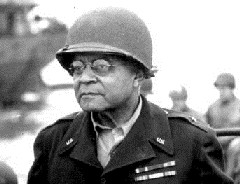
Brigadier General Benjamin Oliver Davis, Sr.
(1877 or 1880 – November 26, 1970) was
the first African-American general officer
in the United States Army. This old-time
Bufalo Soldier served in the Spanish-American
War and in both World Wars. He was the
father of Air Force General Benjamin O. Davis, Jr.
Benjamin
Oliver Davis Jr.
(December 18, 1912 – July 4, 2002)
was an American United States Army,
and (after 1947) Air Force general. He
wrote history as the commander of the
World War II Tuskegee
Airmen, the
formidable Red Tails. Fighter
pilot and
leader of fighter pilots in WW II and Korea.
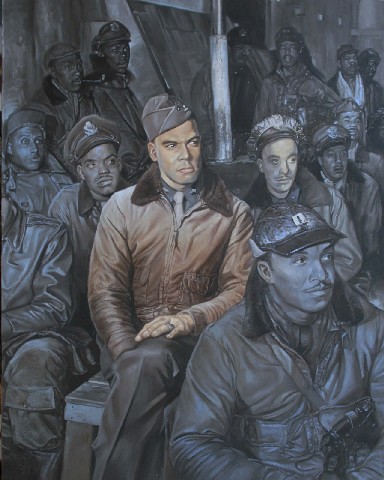
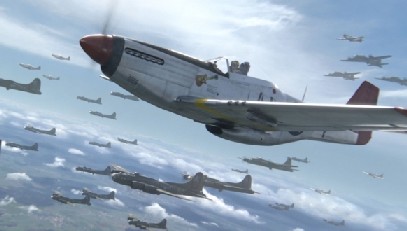
See more photos here
("Original Tuskegee Airmen"),
and more art here.
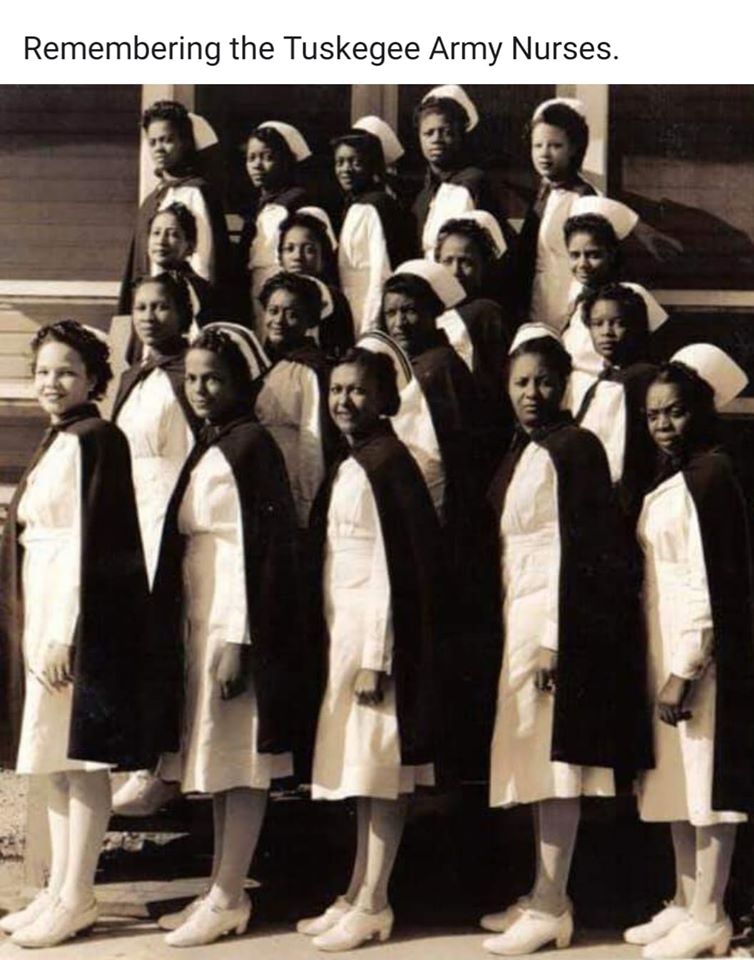
The Tuskegee Airmen were not the only ones
making history at Tuskegee Army Air Field (TAAF)
in Tuskegee, Alabama, during the 1940s.
The nurses who served on the base had to fight
gender as well as racial discrimination.
Thank you!! We salute and honor your contributions
to the profession today and every day.
#BlackHistoryMonth #NursingHistory #TBT
Photo Credit: Historical African-American Images
Daniel “Chappie” James, Jr. General, USAF
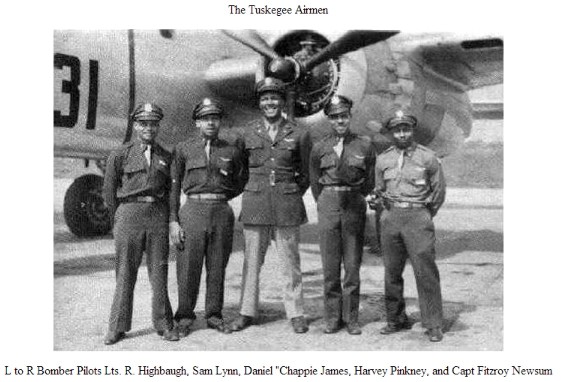
One of the Tuskegee
Airmen went on to become the first
African-American four-star general in the USAF. Bomber pilot in WW II.
Fighter pilot, Korea and Vietnam. He once faced down Libyan dictator
Quadaffi and almost had a gunfight!
“One day Khadafy ran a column of half tracks through my base—right
through the housing area at full speed. I shut the barrier down at the
gate and met Khadafy a few yards outside it. He had a fancy gun and
a holster and kept his hand on it. I had my .45 in my belt. I told him
to move his hand away. If he had pulled that gun, he never would have
cleared his holster. They never sent any more half tracks.”
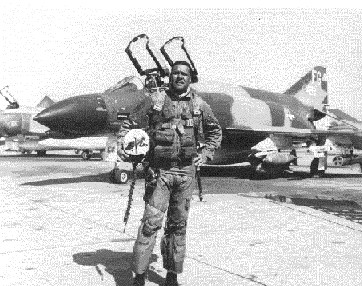
![]()
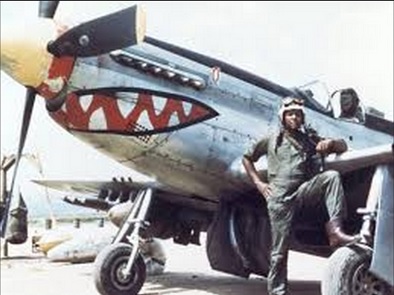
"Blackman
and Robin" - Chappie James and Robin
Olds, two epic fighter pilots
and combat leaders, led the 8th Tac Fighter Wing "Wolfpack" in VietNam.
Olds was the Wing Commander and James was his Exec. They were awesome.
“Black
Death” – Henry Johnson – America’s World War I Hero

The 369th
Infantry Regiment, the “Harlem Hellfighters”,
was an all-black segregated outfit that went to France in WW I.
The fanatically racist US Army deliberately and systematically
abused and humiliated the men of the 369th because black.
The French Army took them in and equipped them. They were
given French rifles and helmets, and stationed in the trenches.
One night, Johnson and another Hellfighter, Needham Roberts,
were attacked at 2AM by German raiders. The two Americans
chased away the German survivors after a spectacular fight.
Both men were badly hurt. Johnson was shot or stabbed
21 times! "The whole French force in the region gathered to
see Johnson and Roberts awarded the Croix du Guerre
(Cross of War), France's highest military honor.
They were the first U.S. soldiers ever to earn this distinction.
Johnson’s medal was further adorned with the Gold Palm."
Back in America, the 369th had their own victory parade. They
were not allowed to march with the white soldiers, because black.
Almost 100 years later, President Obama awarded Johnson the
well-deserved Medal of Honor. The US Army never game him any
medals or veterans' benefits, because black. You should read the
whole article.
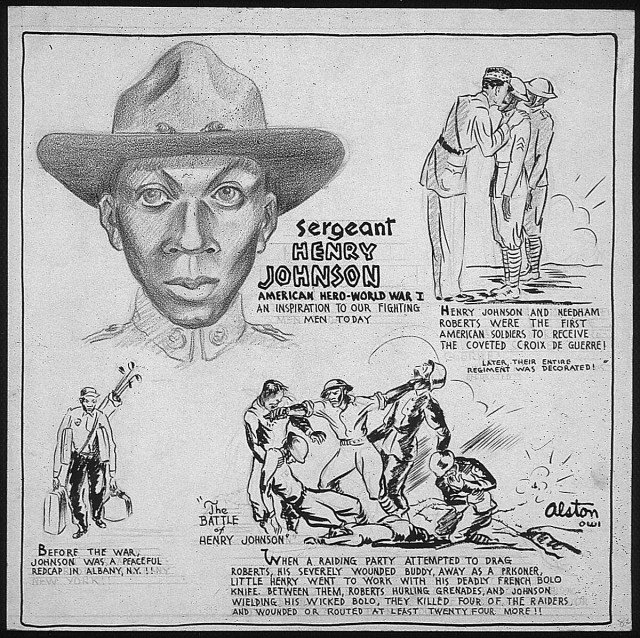
A 1946 biographical cartoon of Henry Johnson created by Charles Alston
"For distinguished devotion to duty, extraordinary
courage and disregard
for his own personal safety during the attack on the Fleet in Pearl Harbor,
Territory of Hawaii, by Japanese forces on December 7, 1941. While at
the side of his Captain on the bridge, Miller, despite enemy strafing and
bombing and in the face of a serious fire, assisted in moving his Captain,
who had been mortally wounded, to a place of greater safety, and later
manned and operated a machine gun directed at enemy Japanese
attacking aircraft until ordered to leave the bridge."
![]()
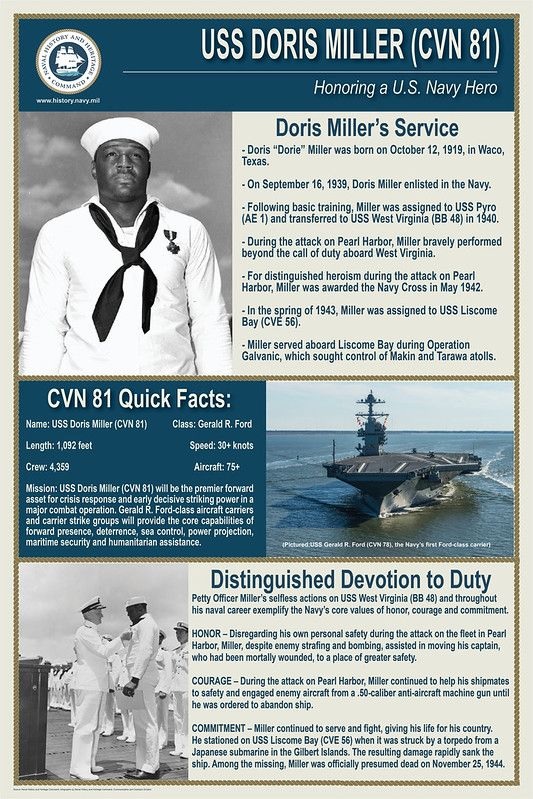
The legacy of Doris Miller. Fighting off kamikaze attacks:
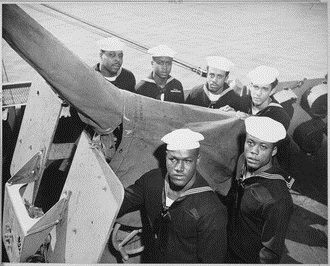
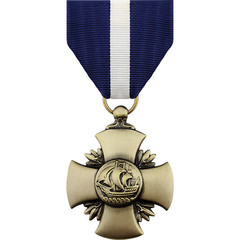
Below: "Crew members: Jonell Copeland, AtM2/c; Que Gant,
StM;
Harold Clark, Jr., StM; James Eddie Dockery, StM;
Alonzo Alexander Swann, StM; and Eli Benjamin, StM were given
the Navy Cross for standing by their gun when their ship was
damaged by enemy attack in the Philippine area, ca. 1945"
Translation: This gun crew defended their ship against kamikazes.
When their ship was hit, they did not abandon ship, but stayed at
their post, and kept shooting back.
Every one of these sailors got the Navy Cross.
Major General Charles
Calvin Rogers, US Army
(Wearing his Lt Col rank) Medal of Honor, VietNam, 1968
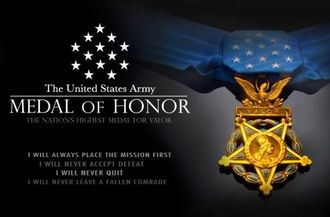
The President of the United States of America, authorized by Act of Congress, March 3, 1863, has awarded in the name of The Congress the Medal of Honor to Lieutenant Colonel Charles C. Rogers, United States Army, for conspicuous gallantry and intrepidity in action at the risk of his life above and beyond the call of duty.
"Lieutenant Colonel Charles C. Rogers, Field Artillery, distinguished himself by conspicuous gallantry and intrepidity in action on 1 November 1968, while serving as Commanding Officer, 1st Battalion, 5th Artillery, 1st Infantry Division during the defense of a forward fire support base in the Republic of Vietnam. In the early morning hours, the fire support base was subjected to a concentrated bombardment of heavy mortar, rocket, and rocket propelled grenade fire. Simultaneously the position was struck by a human wave ground assault, led by sappers who breached the defensive barriers with bangalore torpedoes and penetrated the defensive perimeter. Colonel Rogers with complete disregard for his own safety moved through the hail of fragments from bursting enemy rounds to the embattled area. He aggressively rallied the dazed artillery crewmen to man their howitzers and he directed their fire on the assaulting enemy. Although knocked to the ground and wounded by an exploding round, Colonel Rogers sprang to his feet and led a small counterattack force against an enemy element that had penetrated the howitzer positions. Although painfully wounded a second time during the assault, Colonel Rogers pressed the attack, killing several of the enemy and driving the remainder from the positions. Refusing medical treatment, Colonel Rogers reestablished and reinforced the defensive positions. As a second human wave attack was launched against another sector of the perimeter, Colonel Rogers directed artillery fire on the assaulting enemy and led a second counterattack against the charging forces. His valorous example rallied the beleaguered defenders to repulse and defeat the enemy onslaught. Colonel Rogers moved from position to position through the heavy enemy fire, giving encouragement and direction to his men. At dawn the determined enemy launched a third assault against the fire base in an attempt to overrun the position. Colonel Rogers moved to the threatened area and directed lethal fire on the enemy forces. Seeing a howitzer inoperative due to casualties, Colonel Rogers joined the surviving members of the crew to return the howitzer to action. While directing the position defense, Colonel Rogers was seriously wounded by fragments from a heavy mortar round which exploded on the parapet of the gun position. Although too severely wounded to physically lead the defenders, Colonel Rogers continued to give encouragement and direction to his men in the defeating and repelling of the enemy attack. Colonel Rogers' dauntless courage and heroism inspired the defenders of the fire support base to the heights of valor to defeat a determined and numerically superior enemy force. His relentless spirit of aggressiveness, conspicuous gallantry and intrepidity in action at the risk of his own life above and beyond the call of duty are in the highest traditions of the military service and reflect great credit upon himself, his unit and the United States Army."
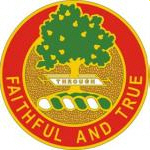 1st Battalion, 5th Field Artillery is the oldest Regular Army unit on active
duty.
1st Battalion, 5th Field Artillery is the oldest Regular Army unit on active
duty.
Alexander Hamilton, a founding father of the United States, was its first
Commanding Officer during the Revolutionary War.
Charles C. Rogers, Officer Commanding, Firebase Rita, 1 Nov 1968, kept the
faith.
Martin Luther King, Jr. Research and Education Institute of Stanford University. Arguably the best MLK resource site, this one has everything.
Martin Luther King Speeches - Excerpts from King's most famous addresses. From infoplease
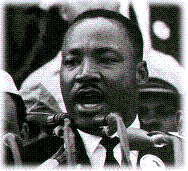 "I
Have a Dream" speech, text and audio, from American
Rhetoric.
"I
Have a Dream" speech, text and audio, from American
Rhetoric.
"I've Been to the Mountaintop" speech, text and audio, from American Rhetoric.
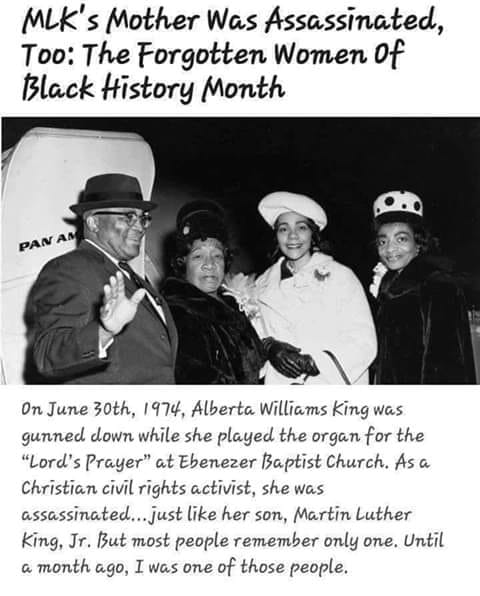
Here are three links to information about Rosa Parks:
Biography for kids from Ducksters (great series of sites, BTW)
Rosa Parks from Wikipedia - harder for kids to read, but good
Remembering Rosa Parks on Her 100th Birthday Excellent bio video from Biography.com.
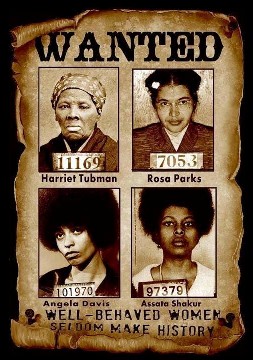
Civil Rights Movement Veterans "This website is created by Veterans of the Southern Freedom Movement (1951-1968). It is where we tell it like it was, the way we lived it, the way we saw it, the way we still see it. With a few minor exceptions, everything on this site was written, created, or spoken by Movement activists who were direct participants in the events they chronicle. To meet our mission, we provide:
![]()
![]()
![]()
![]()
Can you pass this "literacy test" people of color had to take to vote?
"The website of the
Civil Rights Movement Veterans, which collects materials
related to civil rights, hosts a few samples of actual literacy tests used
in
Alabama, Louisiana, and Mississippi during the 1950s and 1960s. People working
within the movement collected these in order to use them in voter education,
which is how we ended up with this documentary evidence." Thanks, Slate
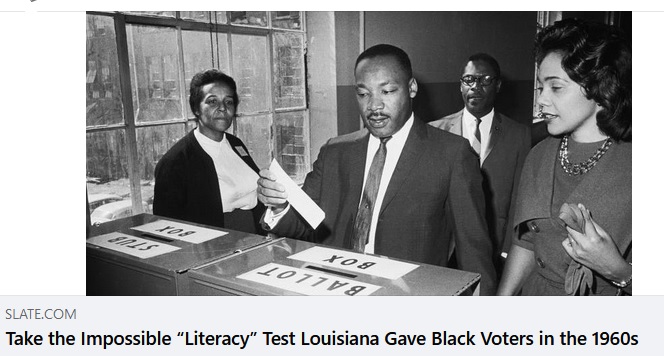
Designed to put the applicant through mental contortions, the test’s questions
are often confusingly worded. If some of them seem unanswerable, that effect
was intentional. The (white) registrar would be the ultimate judge of whether
an answer was correct.
Try this one: “Write every other word in this first line and
print every third word
in same line (original type smaller and first line ended at comma) but capitalize
the fifth word that you write.”
But wait, there's more! For
Students "This website is about the Civil Rights Movement of 1951-1968.
Many of us who were active in the Civil Rights Movement prefer to call it the
"Southern Freedom Movement." Whatever name you use, this was the period
of protests and political struggles in the South to win freedom from race-based
oppression and exploitation, end racial segregation, and win voting rights for
all regardless of race. Almost everything on this site was written by a veteran
of the Southern Freedom Movement. This is where we who were there tell it like
it was in our own words.
While students are welcome and encouraged to use all parts of this site, the
following sections may be the most useful to you:"
The Montgomery Bus Boycott - a BBC video on YouTube 7:13 long. Pretty much sums up how things were.
Mavis Staples "Eyes On The Prize" - Similar video with a song from the era. Racial violence is shown.
Mavis Staples - "Down In Mississippi" - Blues video - actually an oral history - describes growing up black and female in the bad old days. Also praises Dr. King.
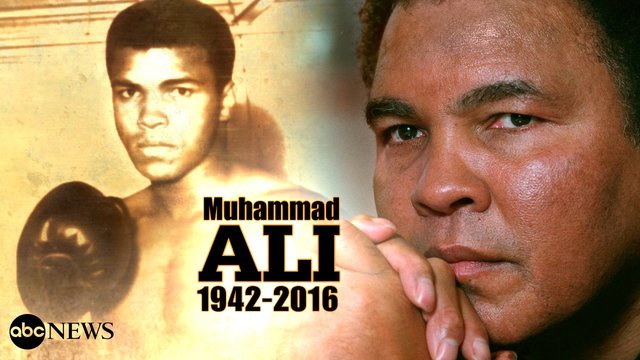
Hidden Messages in Spirituals Lesson Plan unit from the NYS Core Curriculum - Literacy in History/Social Studies, Science and Technical Subjects, 6 - 12. Covers:
This is a complete lesson plan with pdf printables and a video. You can also download a Hidden Messages in Spirituals (608.2 KB) Lesson Plan (PDF).
negrospirituals.com is the site for African-American hymns and how the meanings changed over time. Special emphasis is given to code words in lyrics, that really meant escape to the North or referred to the Underground Railroad. There's an example of lyric change during the Civil Rights struggle: "Marching ‘round Selma" to the melody of “Joshua Fought the Battle of Jericho". There are sections about history, composers, and lyrics of over 200 traditional spirituals. This site is a treasure.
The
Richest Black Girl in America
"When an 11-year-old Black girl in Jim Crow America discovers
a seemingly worthless plot of land she has inherited is worth
millions, everything in her life changes — and the walls begin
to close in. The untold story brought to life from thousands
of pages of archival documents."
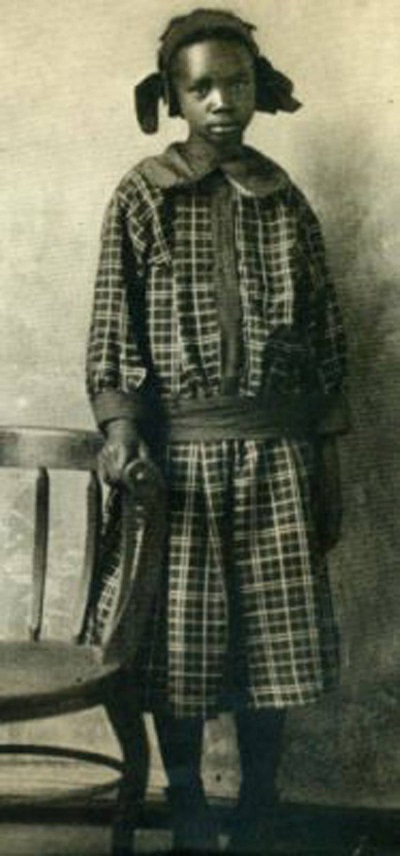
“I’m Sarah Rector.”
Amazing story. She outsmarted the
rich men who wanted to take her
family's newfound riches and
became a millionaire. She invested
well instead of spending it all on
bling. Well written article by a
woman black History Professor.
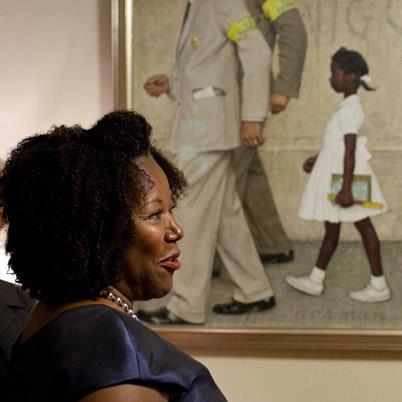 Ruby
Bridges from Biography.com. "Ruby Bridges was born on September
8, 1954, in Tylertown, Mississippi. In 1960, when she was 6 years old, her
parents responded to a call from the National Association for the Advancement
of Colored People, and volunteered her to participate in the integration of
the New Orleans school system. Bridges is best known as the first African-American
child to attend an all-white elementary school in the South." This bio
site features a video of President Obama and Ruby Bridges discussing the events
shown in this famous Norman Rockwell painting. There is a four page biography,
and plenty of links to other Black History and Civil Rights sites.
Ruby
Bridges from Biography.com. "Ruby Bridges was born on September
8, 1954, in Tylertown, Mississippi. In 1960, when she was 6 years old, her
parents responded to a call from the National Association for the Advancement
of Colored People, and volunteered her to participate in the integration of
the New Orleans school system. Bridges is best known as the first African-American
child to attend an all-white elementary school in the South." This bio
site features a video of President Obama and Ruby Bridges discussing the events
shown in this famous Norman Rockwell painting. There is a four page biography,
and plenty of links to other Black History and Civil Rights sites.
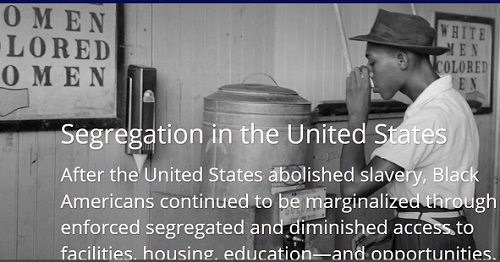
Segregation is the practice of requiring separate housing,
education and other services for people of color. Segregation
was made law several times in 18th- and 19th-century America
as some believed that Black and white people were incapable
of coexisting. From History.com
![]()
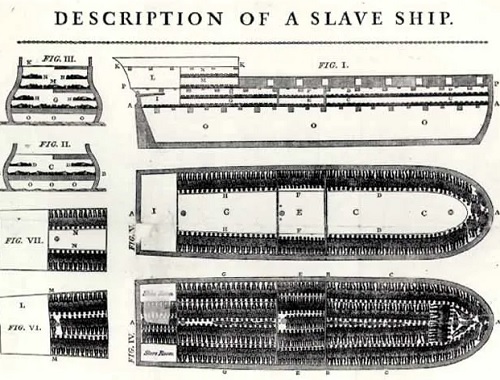
"The slave trade lasted
for almost four hundred years.
This saw over 12 million slaves being transported across
the Atlantic ocean on American and British ships in the
greatest forced migration history has ever seen.
This article tells the stories of four slaves. Captain Tomba,
The Nameless Man, The Boatswain, and Sarah are just a
few of the millions of slaves traded as commodities.
These human commodities are transported to work as
field laborers in plantation and factories.
From Hub Pages
United States Black History Month Coloring Pages from
Daily
Coloring Pages. Lots of printable coloring pages of
famous black Americans,
including brief bios.
![]()
Yasuke, the Samurai from Mozambique!
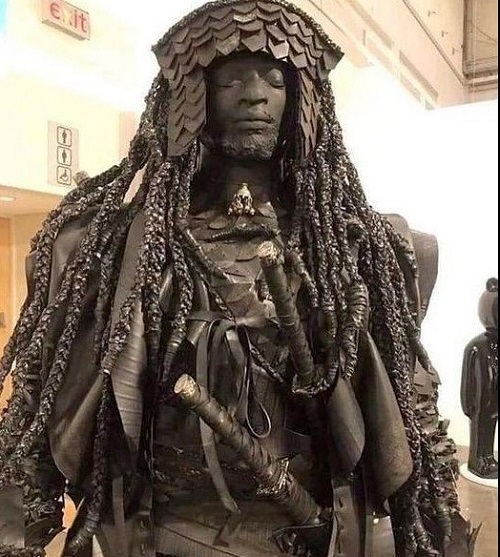
from Ancient Origins and Archeology
Yasuke, a tall African man, arrived in Japan
in 1579 and made history as the first
foreign-born man to become a samurai warrior.
Yasuke was originally a slave from
Mozambique and was brought to Japan
by Portuguese traders. The powerful Japanese
warlord Oda Nobunaga was fascinated
by Yasuke's tall stature and dark skin, and
upon seeing him, ordered his servants to
try and rub the "black ink" off his skin.
Despite this strange encounter, Nobunaga
took Yasuke into his service, granting
him a sum of money, a house, and a
katana. From then on, Yasuke loyally
served Nobunaga as an honored samurai,
fighting alongside him in fierce battles.
He went from being a piece of
Portuguese property to a member of
the Japanese elite.
![]()
We were taught the Lewis & Clark expedition
in school.
We were not taught there was a Black man who played
a major role in the success of that expedition!
His name was York. He was born to enslaved parents,
and served as William Clark's valet from boyhood.
He served as a trusted member of the expedition. His
skills as a tracker/hunter were credited with making
it possible for the group to reach the Pacific Ocean,
despite extreme weather and dangerous overland
conditions. York was in fact lauded for his skills:
scouting, hunting, field medicine, finding food/water
and performing much of the heavy lifting.
Lewis noted in his journal that York saved
him from
certain death in the grip of a grizzly bear during the
expedition. Native Nations treated York with great
respect, and he played a key role in diplomatic talks
between Tribal leaders and whites in his group.
When the expedition returned, every member
got money and land for their service...except York.
York asked William Clark for his freedom based
upon his leadership during the expedition. Clark
refused. York pleaded to be reunited with his wife,
who was enslaved in Louisville. He even offered
to work in Louisville and send Clark all of his
earnings. Clark still refused, and in 1811 sold
York to a brutal white man, who kept him
enslaved under harsh conditions until 1816.
There is nothing written about York after 1816.
Today we must honor York, a Black man who
made a difference in US history, but has been
ignored in US history books.
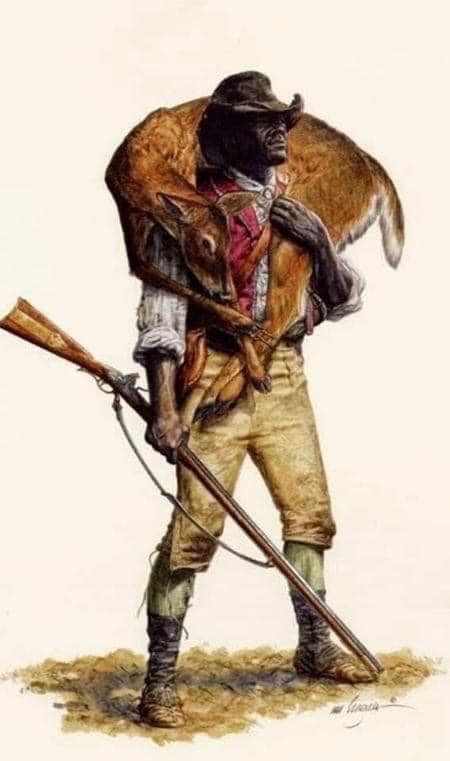
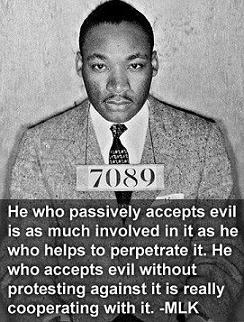
![]() to top of page
to top of page ![]()
![]() to Good Sites
to Good Sites ![]()
![]() to History
to History

